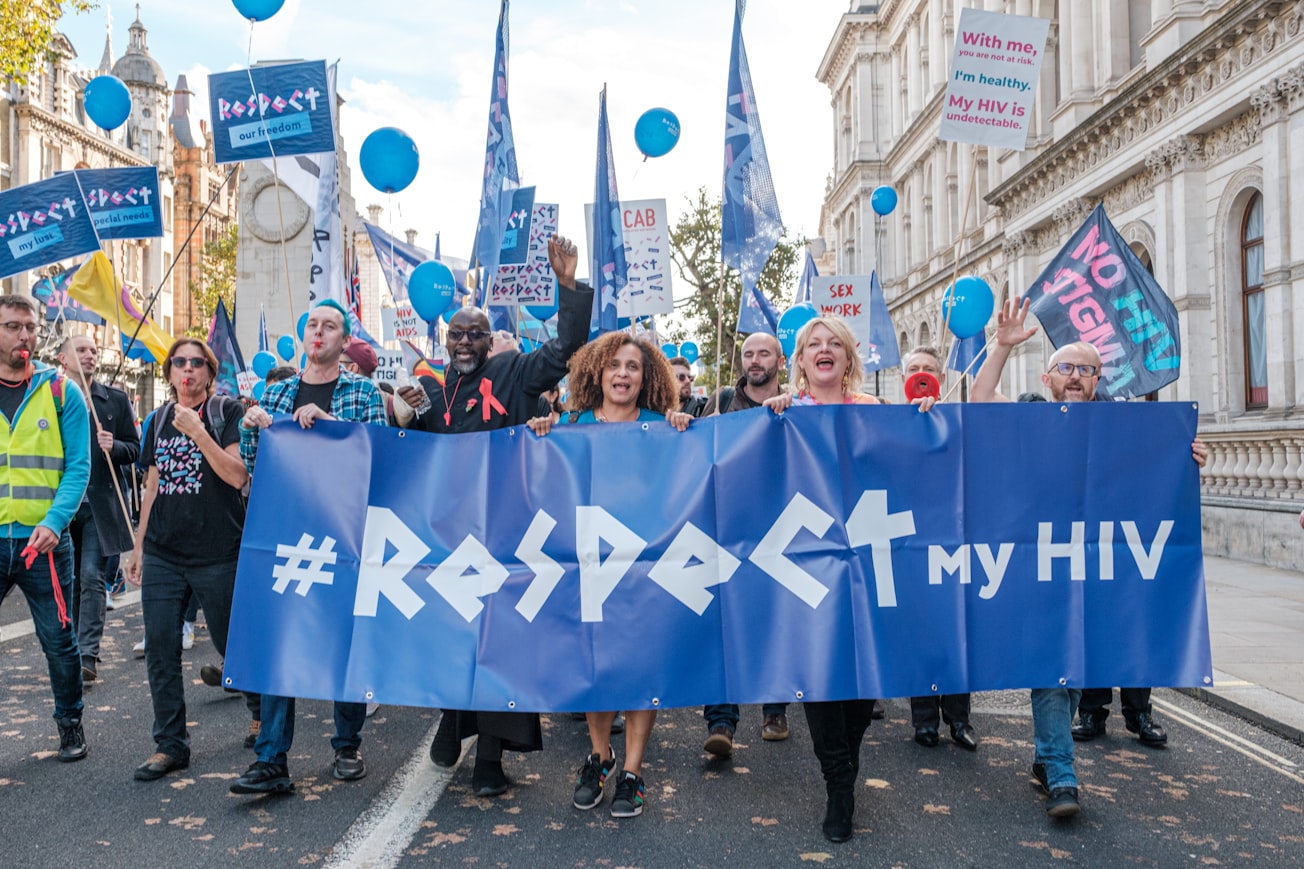What is it about?
Our findings showed that most of these workers were young and visited their families regularly. Some had risky behavior, like having sex with sex workers, but none were using drugs. Surprisingly, many of them had never received information about HIV/AIDS, and almost half had never used HIV/AIDS services.
Featured Image

Photo by Ehimetalor Akhere Unuabona on Unsplash
Why is it important?
Our study's uniqueness lies in emphasizing communication as the key to protecting construction workers from HIV. In today's information-driven world, our findings could bring about a significant shift in safety practices. Join us in exploring this groundbreaking approach.
Perspectives
This publication's importance lies in its unique focus on communication for HIV prevention among construction workers in East Java. It directly engaged with these workers, showing that knowledge empowers precautionary measures. Additionally, it underlines the value of collaboration with stakeholders. In short, it highlights the potential of communication in protecting vulnerable populations from HIV.
Mr Ferry Efendi
Universitas Airlangga
Read the Original
This page is a summary of: Decrease Risk Behavior HIV Infected on Construction Laborers with Behavior Change Communication (BCC) Approach, Jurnal NERS, September 2016, Universitas Airlangga,
DOI: 10.20473/jn.v9i22014.217-225.
You can read the full text:
Contributors
The following have contributed to this page







